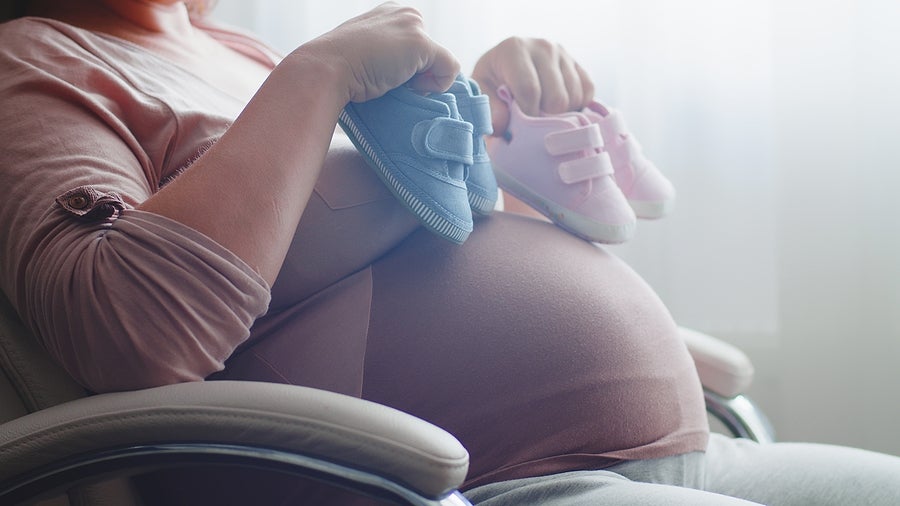The American Rescue Plan made billions available for state and local governments to respond to the COVID-19 pandemic, including significant investments in programs that support children and families. The National Collaborative for Infants and Toddlers (BUILD) recently released an important new toolkit to help state advocates and policymakers make sense of funding opportunities through the American Rescue Plan (ARPA) with an eye towards supporting young families during the pandemic recovery and beyond.
The toolkit, titled Supporting Prenatal-To-Three with Federal Relief Funds, was developed in collaboration with the Center for Law and Social Policy, Georgetown University Center for Children and Families, and Linchpin Strategies, and provides details on more than 30 funding streams from the ARPA that can be used to support early care and education, family support policies, and maternal and infant/toddler health.
This tool, which is based on analysis of legislation, agency guidance, memos, and press releases, clarifies who is eligible for certain types of funding, how that funding can be used or allocated, and who might influence its allocation within a state.
To specifically support maternal, infant, and toddler health, the toolkit identifies 16 funding streams states can use to make important investments. Among the opportunities:
- Using State and Local Fiscal Relief (SLFR) funds from the U.S. Department of Treasury for ongoing outreach and enrollment efforts for Medicaid, CHIP, and other public benefits, as well as lead remediation, early literacy, and care coordination efforts. State and city governments can also apply for these supplemental funds to strengthen the community health workforce, which includes doulas, peer support providers, and home visiting programs.
- Using more than $7 billion in Centers for Disease Control and Prevention investment in the public health workforce to work with public health departments to dedicate a portion of community health worker/workforce staff or resources to serving young children for regular vaccination catch-up and the pending approval of COVID-19 vaccinations for young children.
- Two new Medicaid state plan amendments. The first is a new Medicaid state plan option to provide community-based mobile crisis units, with an enhanced federal match for the first three years. The option sunsets after five years. Mobile crisis units address mental health and substance use disorders in families in a trauma-informed way, which reduces the number of young children in state custody. My CCF colleague Anne Dwyer, in this blog on the mobile crisis intervention services, highlights the importance of these services and how with stakeholder input, these programs can be prepared for youth as well as adult services. ARPA also allocated $15 million for state planning grants to allow states to develop state plan amendment proposals, though states can elect the option even without receiving a planning grant. The second new option is extending Medicaid and CHIP postpartum coverage from 60 days to 12 months. For more on this option, read this CCF blog.
The toolkit includes many other funding options from federal relief efforts, which can be used to increase outreach, enrollment, and services in Medicaid and CHIP. State and local policymakers and advocates alike can match their organization’s goals to funding streams and build a strategy to pursue these funds.
Anyone interested in learning more can join a series of webinars hosted by the BUILD Initiative, “Justice from the Start,” throughout the next month:


